Archives
- 2025-12
- 2025-11
- 2025-10
- 2025-09
- 2025-03
- 2025-02
- 2025-01
- 2024-12
- 2024-11
- 2024-10
- 2024-09
- 2024-08
- 2024-07
- 2024-06
- 2024-05
- 2024-04
- 2024-03
- 2024-02
- 2024-01
- 2023-12
- 2023-11
- 2023-10
- 2023-09
- 2023-08
- 2023-07
- 2023-06
- 2023-05
- 2023-04
- 2023-03
- 2023-02
- 2023-01
- 2022-12
- 2022-11
- 2022-10
- 2022-09
- 2022-08
- 2022-07
- 2022-06
- 2022-05
- 2022-04
- 2022-03
- 2022-02
- 2022-01
- 2021-12
- 2021-11
- 2021-10
- 2021-09
- 2021-08
- 2021-07
- 2021-06
- 2021-05
- 2021-04
- 2021-03
- 2021-02
- 2021-01
- 2020-12
- 2020-11
- 2020-10
- 2020-09
- 2020-08
- 2020-07
- 2020-06
- 2020-05
- 2020-04
- 2020-03
- 2020-02
- 2020-01
- 2019-12
- 2019-11
- 2019-10
- 2019-09
- 2019-08
- 2019-07
- 2019-06
- 2019-05
- 2019-04
- 2018-11
- 2018-10
- 2018-07
-
In pioneering work from Ikeda and
2025-01-16
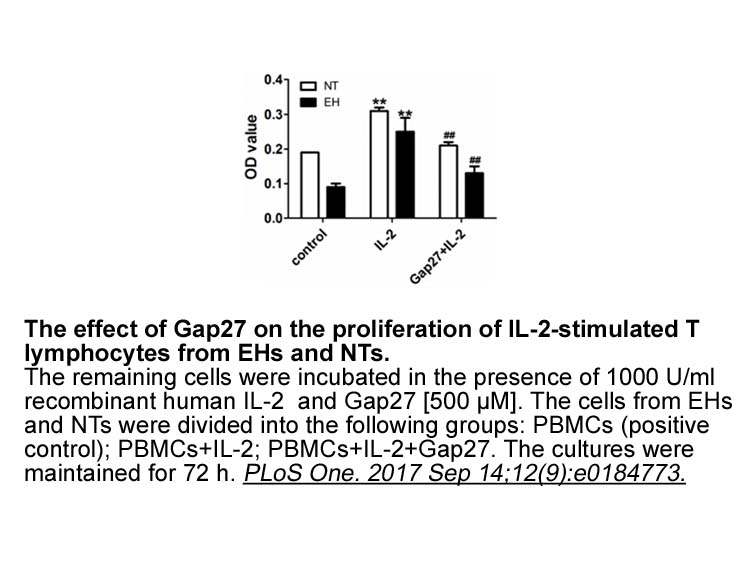
In 2006, pioneering work from Ikeda and colleagues showed that GMF localizes to and regulates the PPADS tetrasodium salt mg cytoskeleton (see Glossary), and noted its sequence similarity to ADF/cofilin[11]. In 2009, the structure of GMF [6] was solved, revealing it to be a bona fide member of the a
-
The effect of capital deductions on equilibrium prices is
2025-01-16
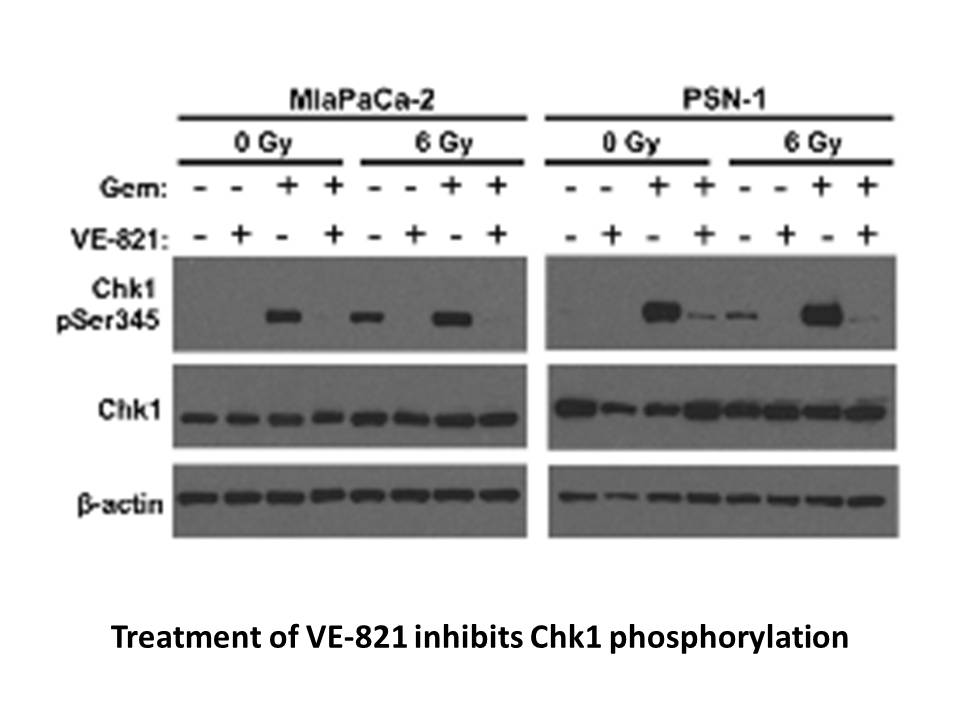
The effect of capital deductions on equilibrium prices is given by the following comparative statics Thus, equilibrium prices are strictly decreasing in the share of capital cost deduction. The reason is that a higher share of capital cost deduction reduces the effective marginal costs, which makes
-
Finally Urban Ciecko et al asked whether this enhancement is
2025-01-16
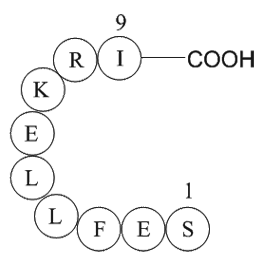
Finally, Urban-Ciecko et al. (2018) asked whether this enhancement is specific to the pyramidal to SST neuron synapses or more generally observed in other synapses of the cortical microcircuit. Synapses between pyramidal cells showed no sign of potentiation after either bath application of the choli
-
STAT5 Inhibitor receptor Composite soil samples were transpo
2025-01-16
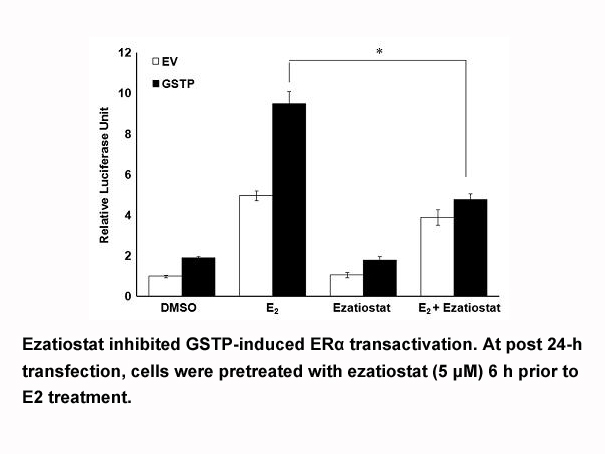
Composite soil samples were transported to the laboratory and then dried, crushed and passed through a 2mm sieve was. Sample digestion and release of elements method Sposito was performed [15]. Accordingly, taking into account soil moisture to 2g soil samples 12.5ml of nitric acid was added 4M. Sam
-
br Regulation and pharmacology of mPGES mPGES kDa
2025-01-16
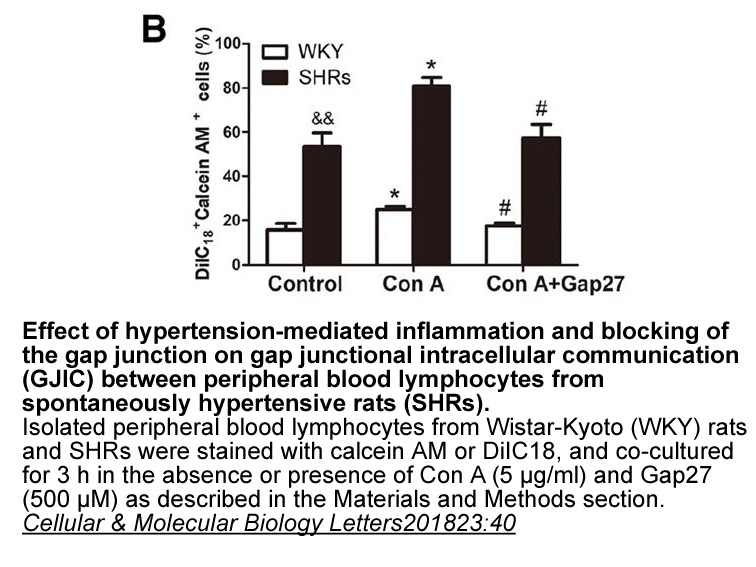
Regulation and pharmacology of mPGES-1 mPGES-1 (16 kDa, 152 amino acids) is a trimeric integral membrane protein of the endoplasmic reticulum with each monomer containing four transmembrane domains (Samuelsson et al., 2007; Sjogren et al., 2013). The three active site cavities are located at the
-
A rational approach for the
2025-01-16
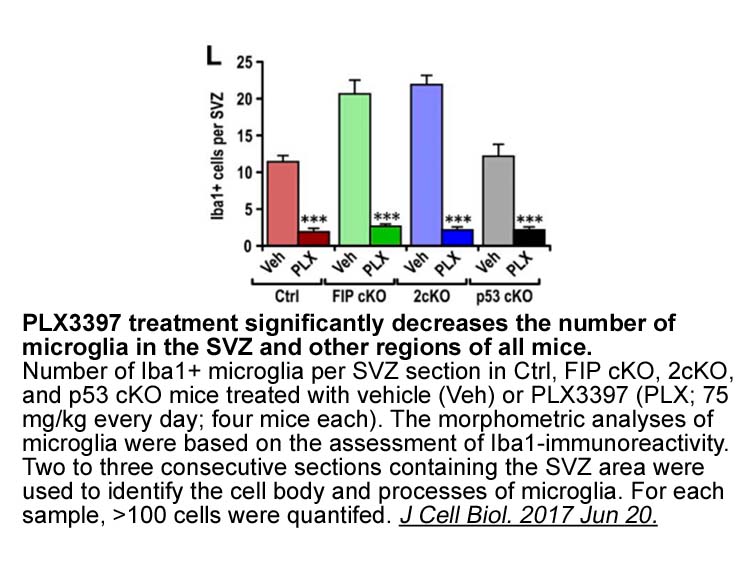
A rational approach for the design of new steroid compounds as possible competitive inhibitors of CYP17 include chemical modification at C17 of the enzyme's natural substrates, pregnenolone (1) and progesterone (2), introducing groups with moderate to strong dipole properties at C20, such as oxime a
-
Docking studies were performed on
2025-01-15
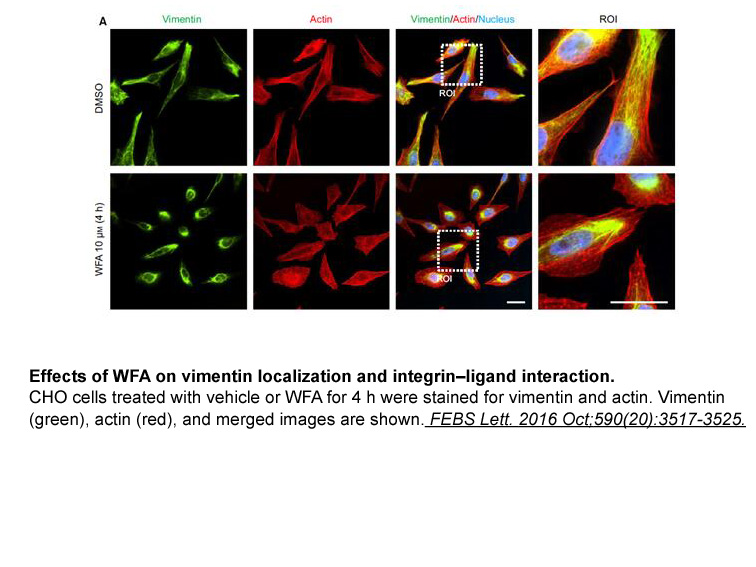
Docking studies were performed on the selected compounds to explore their binding patterns and to examine SAR in more detail. The co-crystal structure of ATX in complex with PF-8380 (PDB code: ) was selected for the docking studies due to structural similarity of the most potent compound with PF-838
-
V ATPase is a complex enzyme that is composed of
2025-01-15
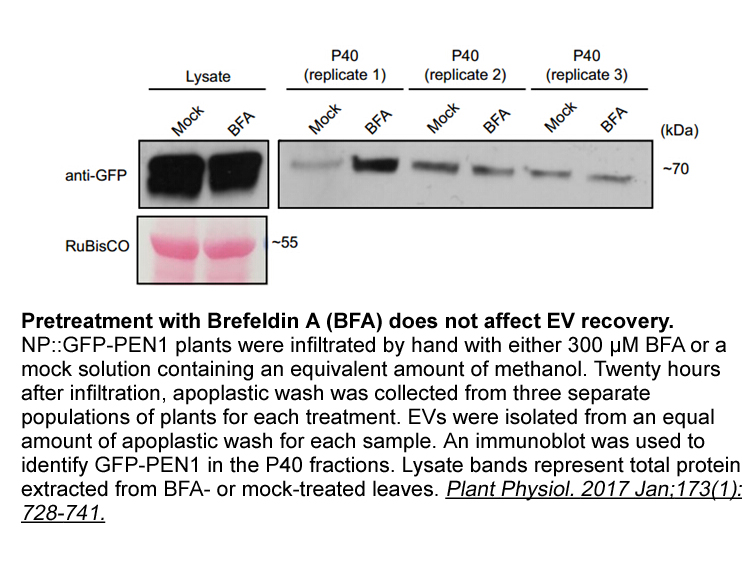
V-ATPase is a complex enzyme that is composed of several subunits, which are assembled into two domains: trans-membrane (V0) and cytosolic (V1) domains [3,5]. Epididymal epithelial Leflunomide mg of rats has been reported to contain V-ATPase which is distributed at the apical pole of the narrow and
-
In considering the roles of these enzymes in
2025-01-15
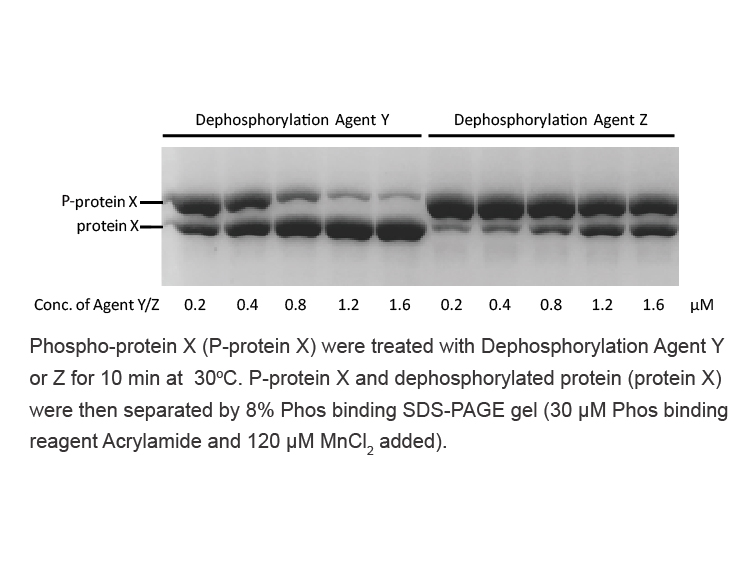
In considering the roles of these enzymes in normal physiology, given the importance of GLUT4-dependent glucose uptake and glucose-dependent fatty MET inhibitor synthesis for systemic metabolic homeostasis (Herman and Kahn, 2006, Herman et al., 2012), deletion of Acly in adipocytes results in a surp
-
Ion Channel Compound Library Enhanced arginase activity and
2025-01-15
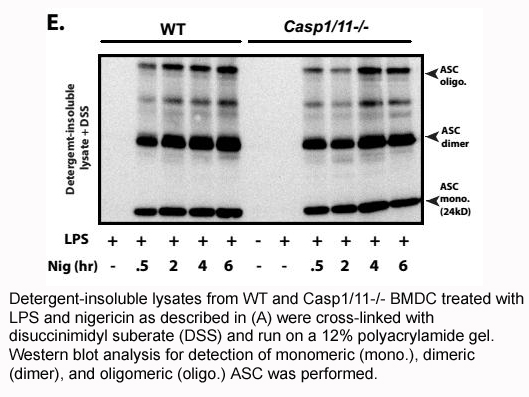
Enhanced arginase activity and the resultant decreases in L-arginine levels can also impair T cell mediated immune function and allow tumor growth by limiting the supply of L-arginine needed for the formation of cytotoxic levels of NO by iNOS [10]. Increased arginase expression/activity may also lim
-
br Declarations Funding None for the
2025-01-15
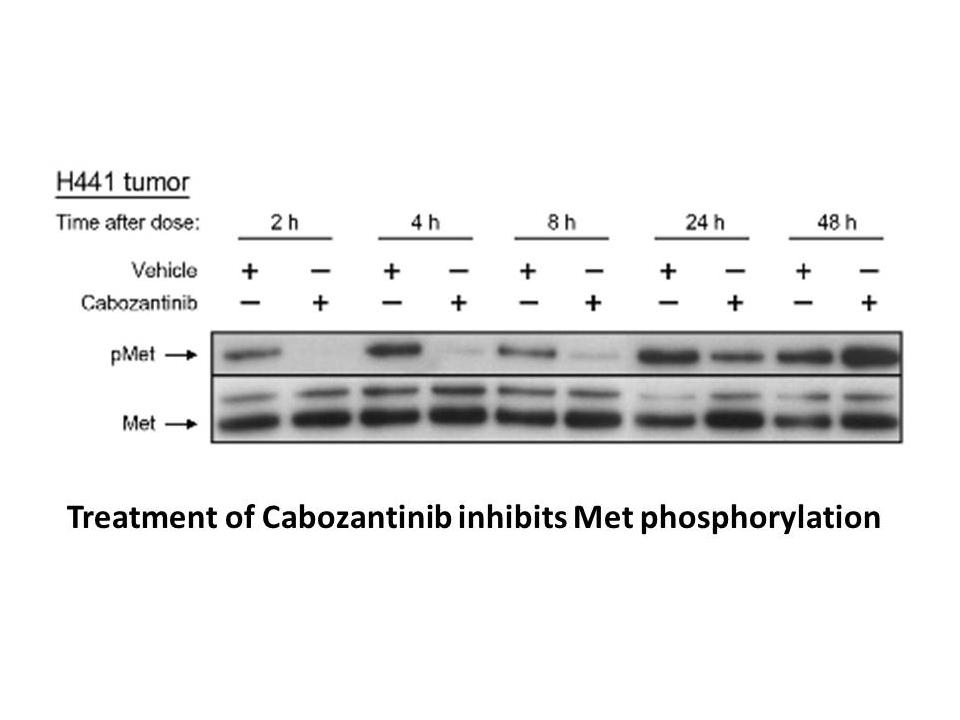
Declarations Funding: None for the paper in question. Competing interests: Florent Morio has received speaker's fees from Gilead, Basilea, and MSD and travel grants from Gilead, MSD, Pfizer, Basilea, and Astellas. Ethical approval: Not relevant for the paper in question. Introduction Lactic
-
Tumor tissues often experience hypoxia
2025-01-15
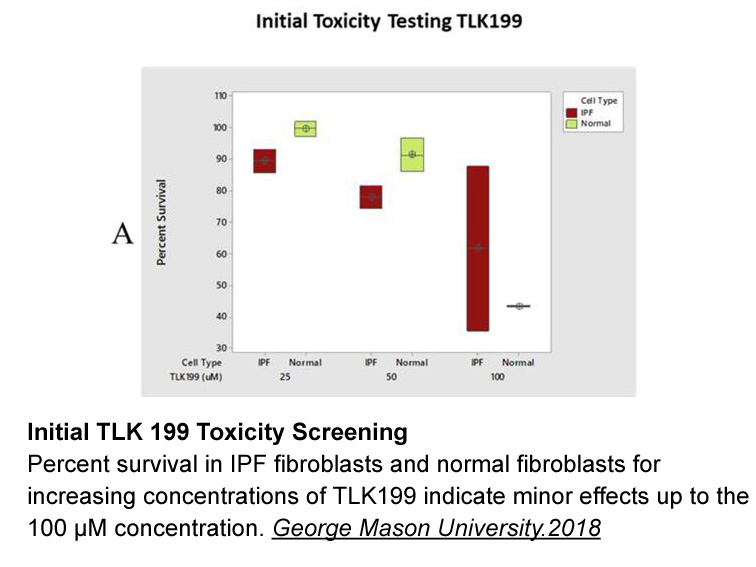
Tumor tissues often experience hypoxia owing to accelerated growth rates of malignant cells, accumulation of metabolic products, disorganization of tumor blood vessels, and high interstitial fluid pressures (Makino et al., 2001). In response to AAD treatment, tumor vascular density often decreases t
-
foods rich in chlorogenic acid br Introduction Sustained ove
2025-01-15
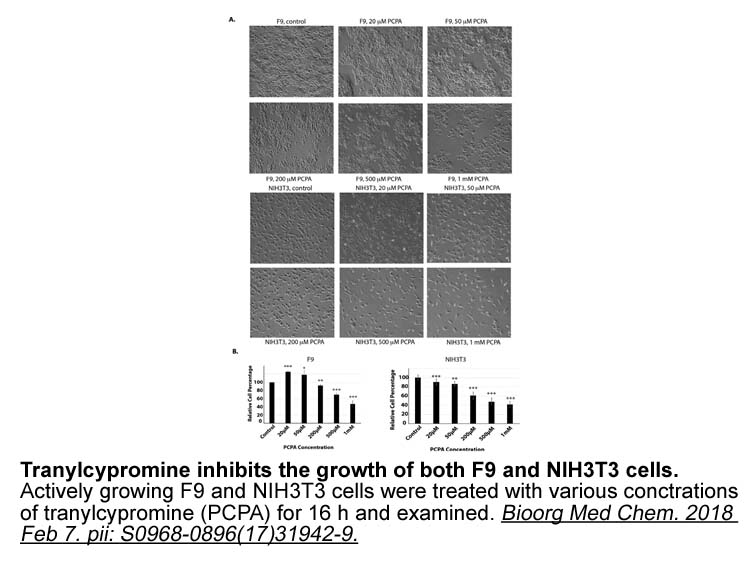
Introduction Sustained over-activation of neurohormonal systems is a hallmark in the pathophysiology of cardiac dysfunction following myocardial infarction (MI) and heart failure (HF). Inhibitors of the renin-angiotensin foods rich in chlorogenic acid system (RAAS) constitute cornerstones of pha
-
br AHR expression in cancer Perhaps the earliest
2025-01-15
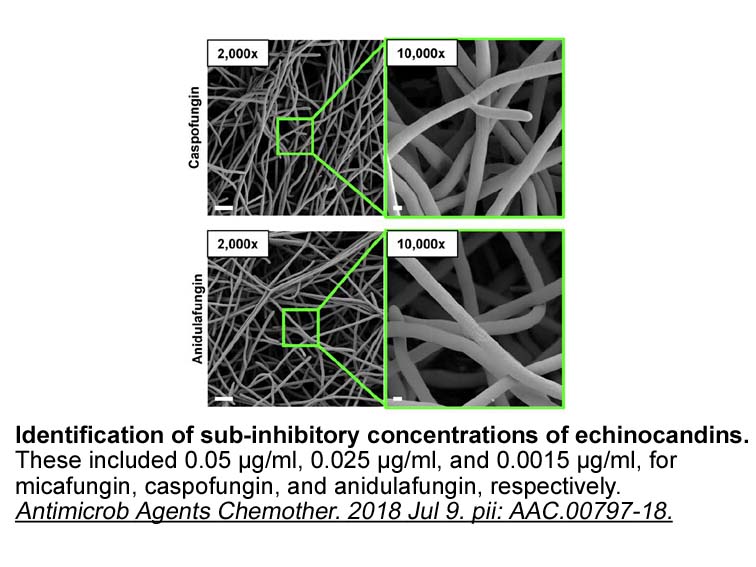
AHR expression in cancer Perhaps the earliest indicator that the AHR might play an ongoing role in tumorigenesis, independent of its role in generating mutations, was the demonstration that non-genotoxic 2,3,7,8-tetrachlorodibenzo(p)dioxin (TCDD) is a carcinogen in animals and humans [7]. Althoug
-
The AR signalling pathways play important roles in
2025-01-14
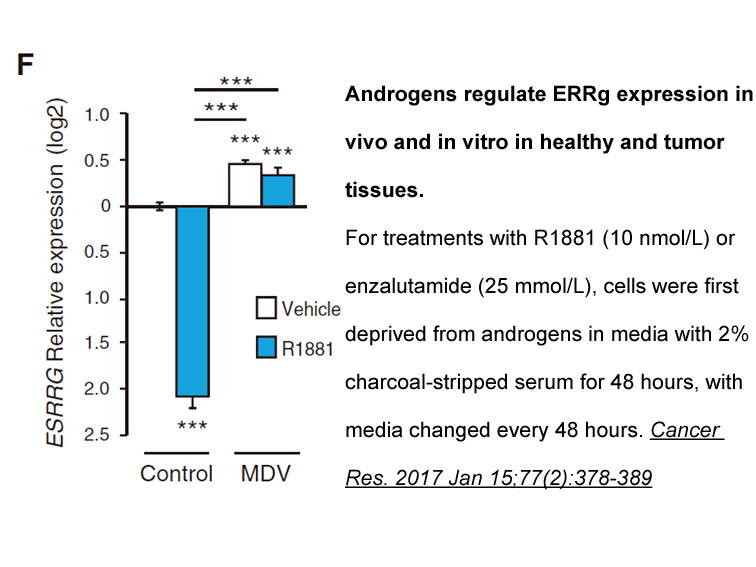
The AR signalling pathways play important roles in several physiopathological processes associated with ischaemia, inflammation, and tumourigenesis [35]. Moreover, A3AR is overexpressed in different tumour Atropine derivative and seems implicated in pro- or anti-apoptotic effects [36]. In particula
16421 records 31/1095 page Previous Next First page 上5页 3132333435 下5页 Last page